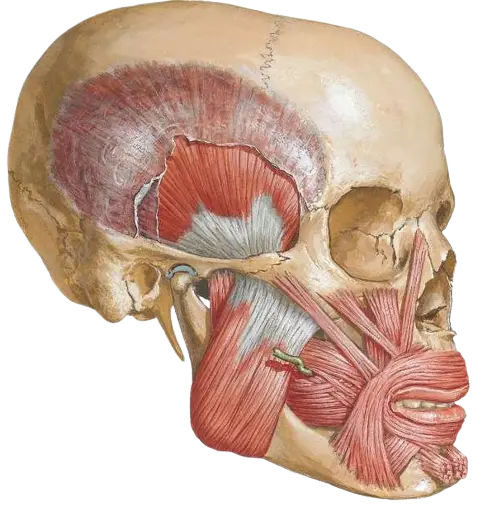Surgical management and follow-up of custom implant treated orbito-zygomatic fracture: case report and literature review
2024 - Volume 3 -
Issue 2
Summary
Orbital floor fractures are common injuries in the maxillofacial region, typically caused by blunt trau- ma. Clinical manifestations involve facial asymmetry, enophthalmos, diplopia, and restricted ocular motility. These fractures can be treated by either conservative or surgical approaches. We present the case of a 59-year- old patient with a history of orbitozygomatic fracture, resulting from a car accident, treated using a custom- made polyetheretherketone (PEEK) implant at the Hos- pital Militar de Santiago. Using virtual planning software and 3D printing technology, a PEEK implant was designed and positioned via a transconjunctival approach. Long-term follow-up showed favorable evolution without loss of visual acuity and evidence of bone regeneration at five years. This case highlights the advantages of PEEK in orbital reconstruction, including its adaptability and biocompatibility, while acknowledging challenges such as cost and infection risk, underscoring its potential in modern maxillofacial surgery.
Keywords
Maxillofacial trauma, Reconstrucción craneofacial, PEEK, Fractura orbito-cigomática, Trauma maxilofacial, Orbitozygomatic fracture, Craniofacial reconstruction
How to cite
MARTINOVIC G, MARTÍNEZ P, SALAS G, SOTO F, ESCOBARS. Surgical management and follow-Up of custom implant treated orbitozygomatic fracture: case report and literature review. Craniofac Res. 2024; 3(2):83-88.
